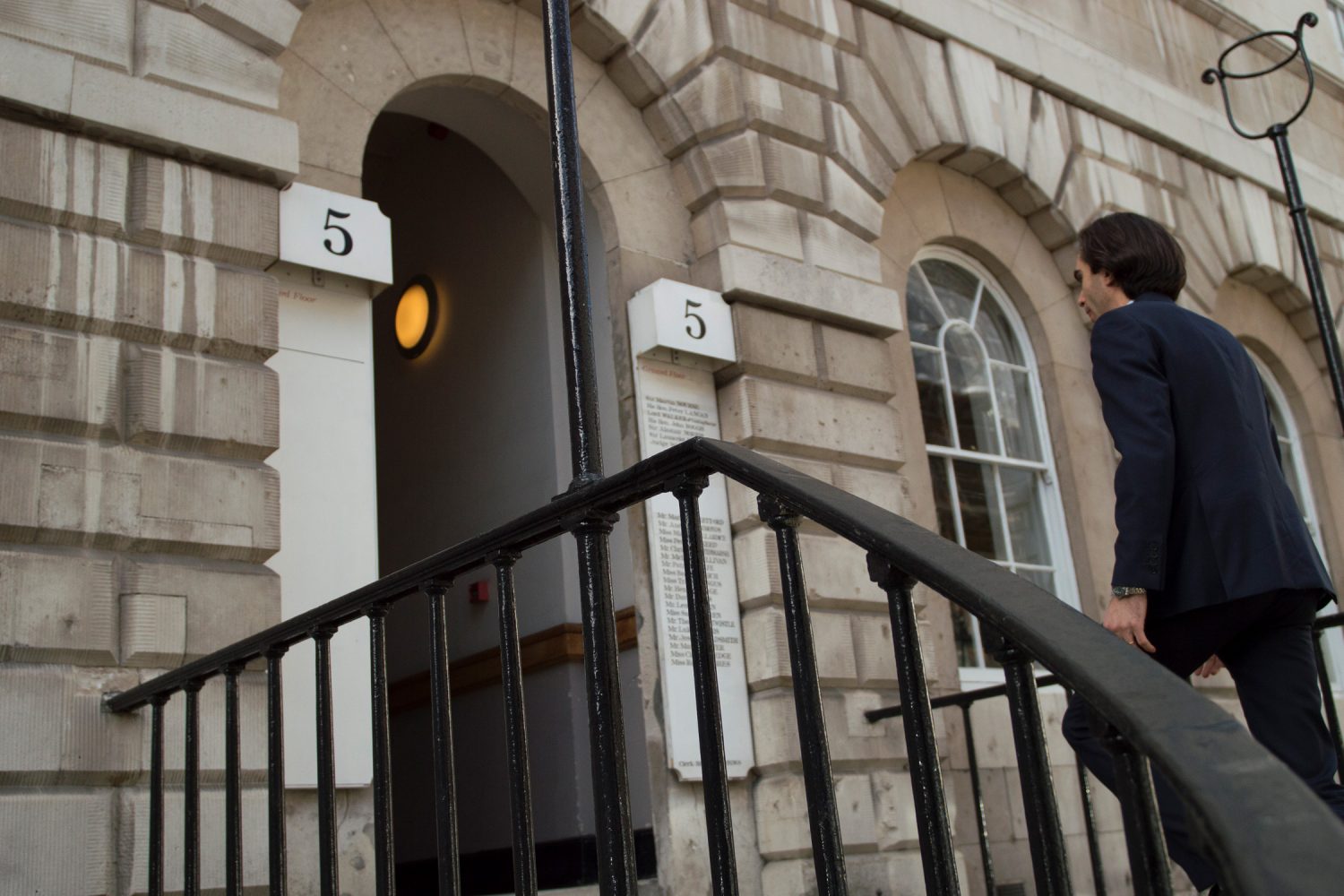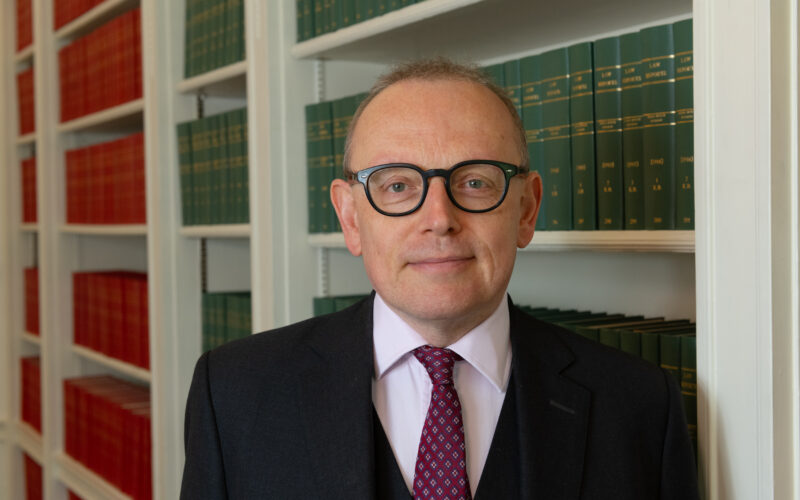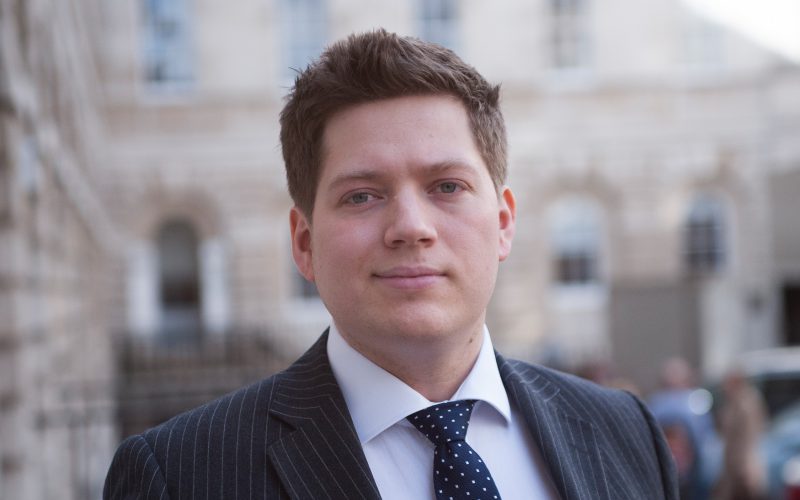David Rees QC and Hugh Cumber successful in the Supreme Court in HMRC v Parry and Ors [2020] UKSC 35 – “the Staveley Case”
The Supreme Court has handed down judgment in the case of HMRC v Parry and Ors [2020] UKSC 35, often referred to as ‘the Staveley Case’. The majority of the Supreme Court allowed the appeal in part. David Rees QC and Hugh Cumber, instructed by Farrer and Co LLP, acted for the successful Appellants.
This case concerns the inheritance tax (‘IHT’) treatment of transfers between pension schemes, and omissions to take pension benefits. The case provides important guidance on the core provisions of the Inheritance Tax Act 1984 (‘IHTA84’) and is now the leading case on section 10 IHTA84. That section excludes from the scope of IHT transactions which are not intended to confer a gratuitous benefit. It is also the leading case on section 3(3) IHTA84 which brings omissions to exercise rights within the scope of the charge to IHT.
Background
Mrs Staveley transferred funds from her existing pension scheme into a personal pension plan (‘PPP’) at a time she knew she was terminally ill. As she had not taken any pension benefits at all during her life, death benefits were payable under the PPP and, following her death in December 2006, the pension scheme administrator paid the death benefit to her two sons.
HMRC determined that IHT was due on both the transfer between the pension schemes (‘the Transfer’) and on Mrs Staveley’s omission to take pension benefits (‘the Omission’). Mrs Staveley’s executors (namely her sons and a solicitor, ‘the Appellants’) appealed that decision to the First-Tier Tribunal.
The Appellants were successful in part, the FTT holding that the Transfer was not subject to IHT on the basis of its finding that Mrs Staveley had not intended to confer any “gratuitous benefit” on anyone (with the consequence that section 10 IHTA84 applied). As such the Appellants succeeded in relation to the Transfer. However, on the Omission issue, the FTT held that Mrs Staveley had intended to improve her sons’ position by omitting to take lifetime pension benefits (so section 10 could not apply). The FTT held that the Omission was caught by section 3(3) IHTA on the basis that the exercise by the PPP Scheme Administrator of its discretion did not amount to a break in the chain of causation and that the increase in the sons’ estates was thus caused “by” the Omission.
HMRC appealed to the Upper Tribunal in relation to the Transfer and the Appellants cross-appealed in relation to the Omission. The Appellants were successful on both issues before the Upper Tribunal. HMRC appealed again to the Court of Appeal, which allowed the appeal on both issues. The Appellants applied for, and were granted, leave to appeal to the Supreme Court.
The decision of the Supreme Court
The Transfer (paras 49-89)
By a majority of 3:2 (Lord Hodge and Lord Sales dissenting), the Supreme Court allowed the Appellants’ appeal in relation to Transfer. In her judgment (with which Lord Reed and Lord Kitchin agreed) Lady Black held that although the position of the sons was legally different before and after the Transfer, as far as Mrs Staveley’s intentions were concerned, she had not intended to improve the sons’ position. HMRC had argued for a narrower and more technical approach to the question of “conferring a gratuitous benefit”, but the Supreme Court (unanimous on this issue) rejected that approach in favour of a broader approach focussed on the actual intentions of the person making the transaction (the argument contended for by the Appellants).
A further important issue which arose for determination was whether the “associated operations” provisions under IHTA84 applied in the present case. These provisions extend the meaning of “transaction” (for the purpose of section 10) to include a series of transactions and any associated operations. The Court of Appeal had concluded that the Transfer and Omission were associated operations such that Mrs Staveley’s intention to confer a gratuitous benefit in relation to the Omission ‘tainted’ the Transfer.
The Supreme Court considered the leading decision on associated operations (IRC v Macpherson [1989] AC 159) and (again unanimously) accepted HMRC’s argument that it was not necessary that each of the identified ‘steps’ in question (which were said to be “associated operations”) should itself have been intended to confer a gratuitous benefit; what was required was that each step should “form a part of and contribute to a scheme” which does confer a gratuitous benefit and which is intended to confer a gratuitous benefit.
However the majority of the Supreme Court disagreed with the Court of Appeal’s conclusion that the Transfer and Omission were associated operations. Lady Black concluded that the Transfer was not a necessary step in order to carry out Mrs Staveley’s intention to benefit her sons (by way of the Omission). She had decided to benefit her sons before the Transfer and her sons would have benefited had she not made the Transfer. On that basis the majority held that the Transfer and the Omission were not, in fact, relevantly linked in a scheme. As such, they were not associated operations and the Transfer was not subject to IHT.
Accordingly, the Supreme Court allowed the appeal in relation to the Transfer.
The Omission (paras 90-96)
The Supreme Court dismissed the appeal in relation to the Omission, holding that all that was required was that the increase in “another person’s” estate was caused “by” the Omission. It should be noted that Parliament has subsequently legislated to exclude omissions to take pension benefits from the scope of IHT in circumstances such as the present case. However, the Supreme Court’s commentary on the operation of section 3(3) IHTA84 (which brings omissions within the scope of IHT more generally) will be of importance in other circumstances. It is now clear that all that is required is that the omission in question is the “operative cause” of the increase (see para 94).
Conclusion
As Lady Black noted (at paragraph 5) the difficulty of the issues in this case is underlined by the fact that each of the three Courts below had determined the central legal issues differently. As far as liability to tax is concerned, the judgment of the Supreme Court restores the position following the judgment of the First-Tier Tribunal.
This is an important decision. The rejection of the narrow and technical approach towards the application of section 10 argued for by HMRC at every stage of this case will reduce the scope for HMRC to argue that transfers between pension schemes are subject to IHT. However, the decision will have wide importance beyond the scope of the taxation of pension schemes. Section 3(3) and section 10 are among the central charging provisions of the Inheritance Tax legislation, and each sets an important limit to the scope of IHT. The decision of the Supreme Court provides welcome clarity on these important issues.
You can download a copy of the Supreme Court’s judgment here.



